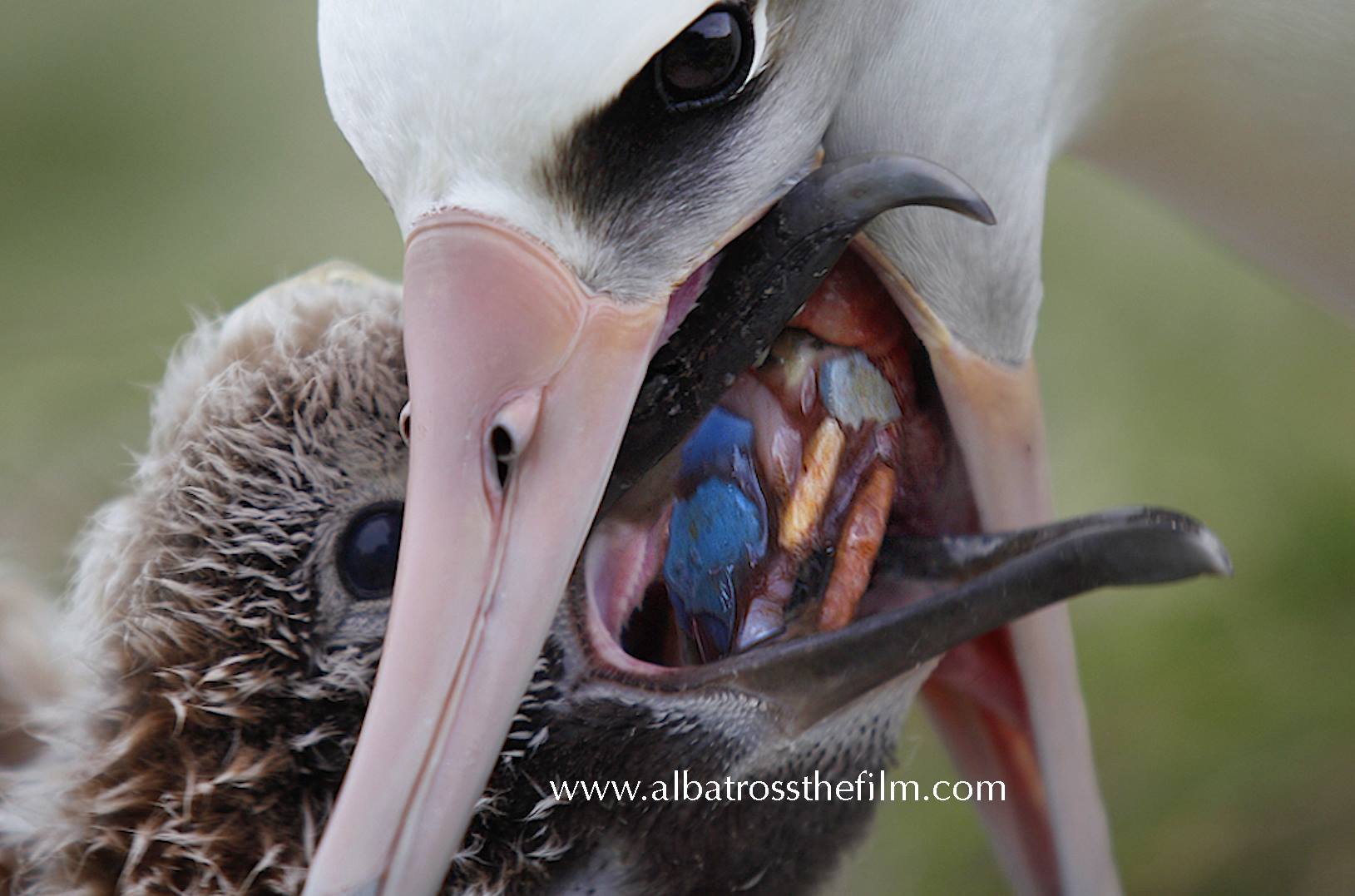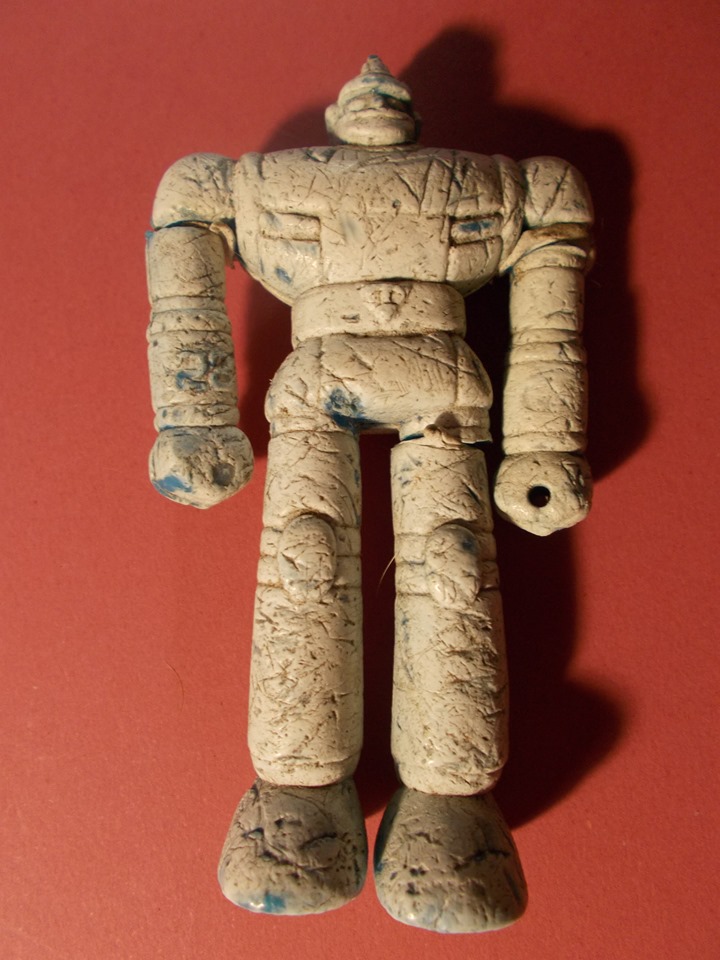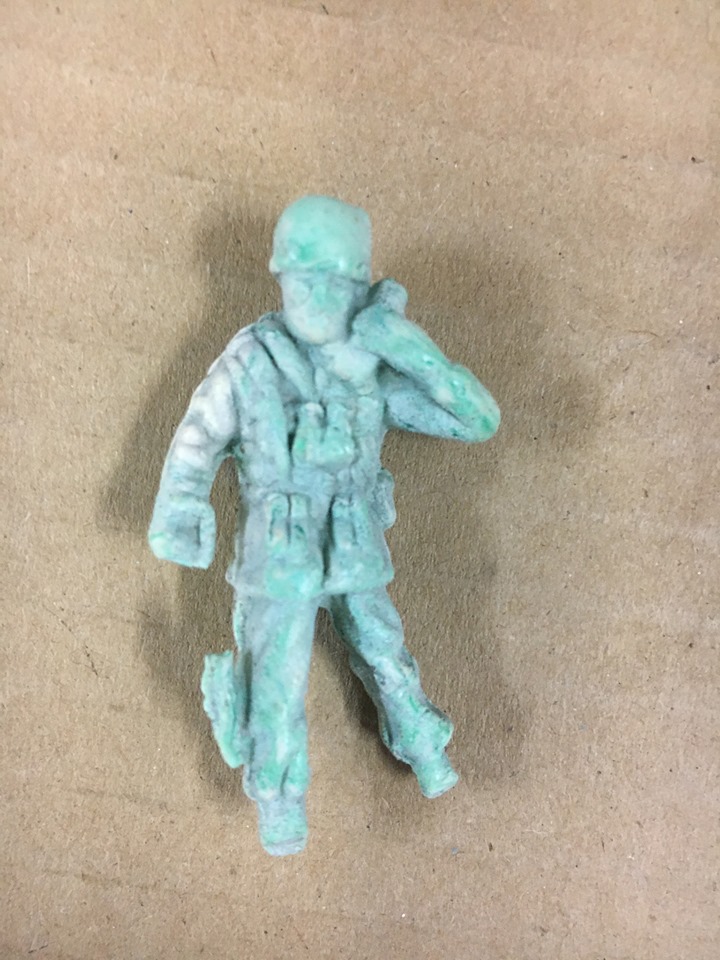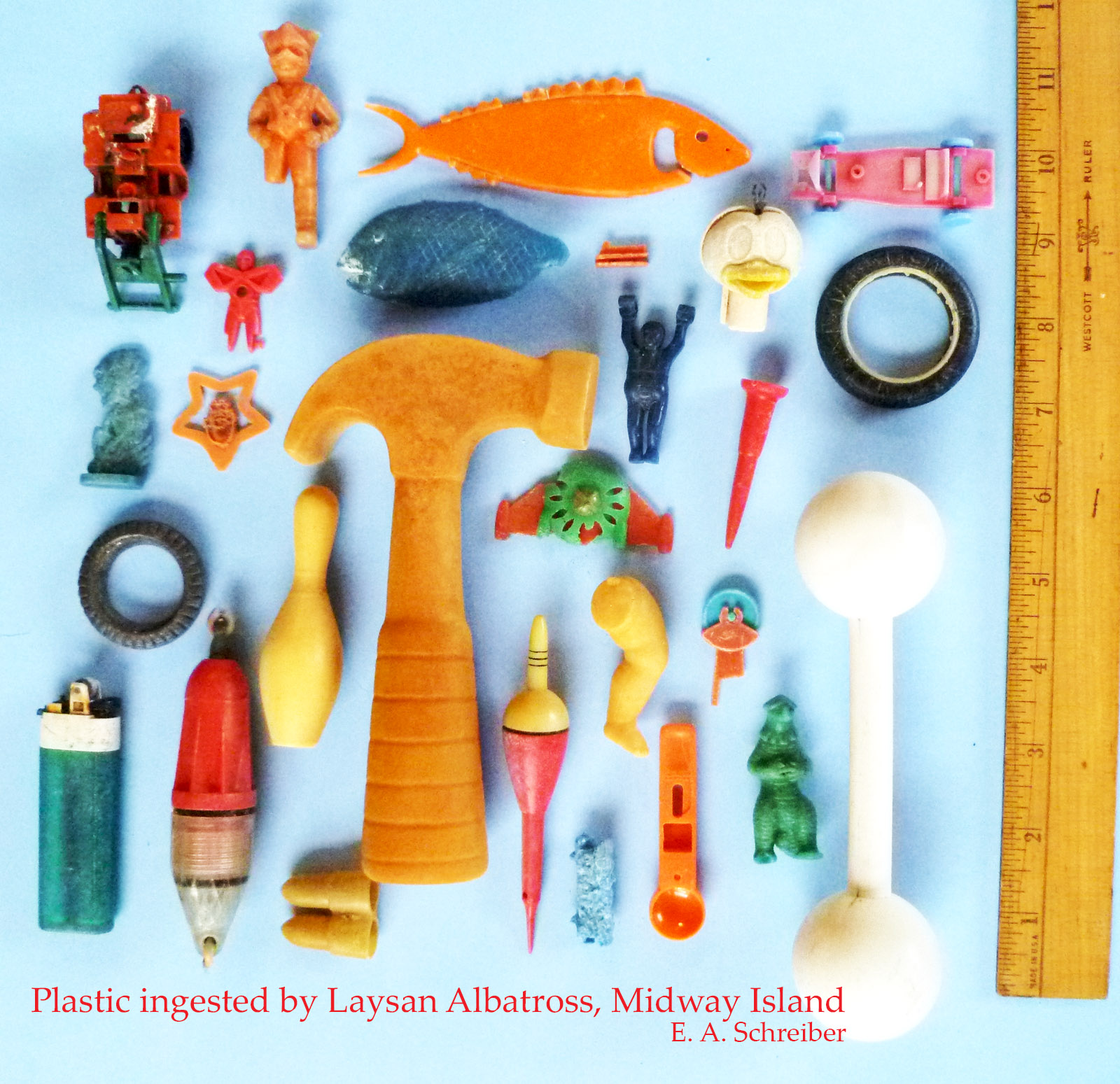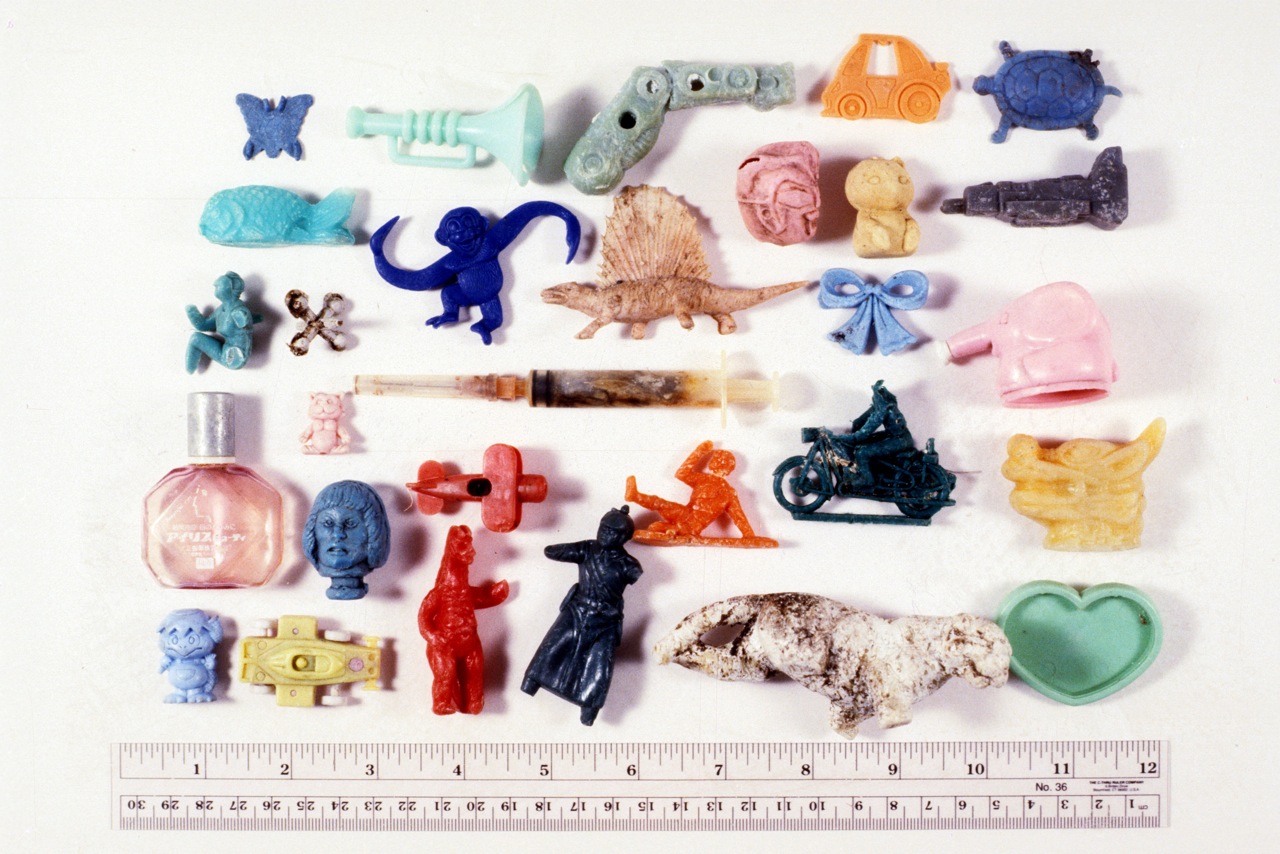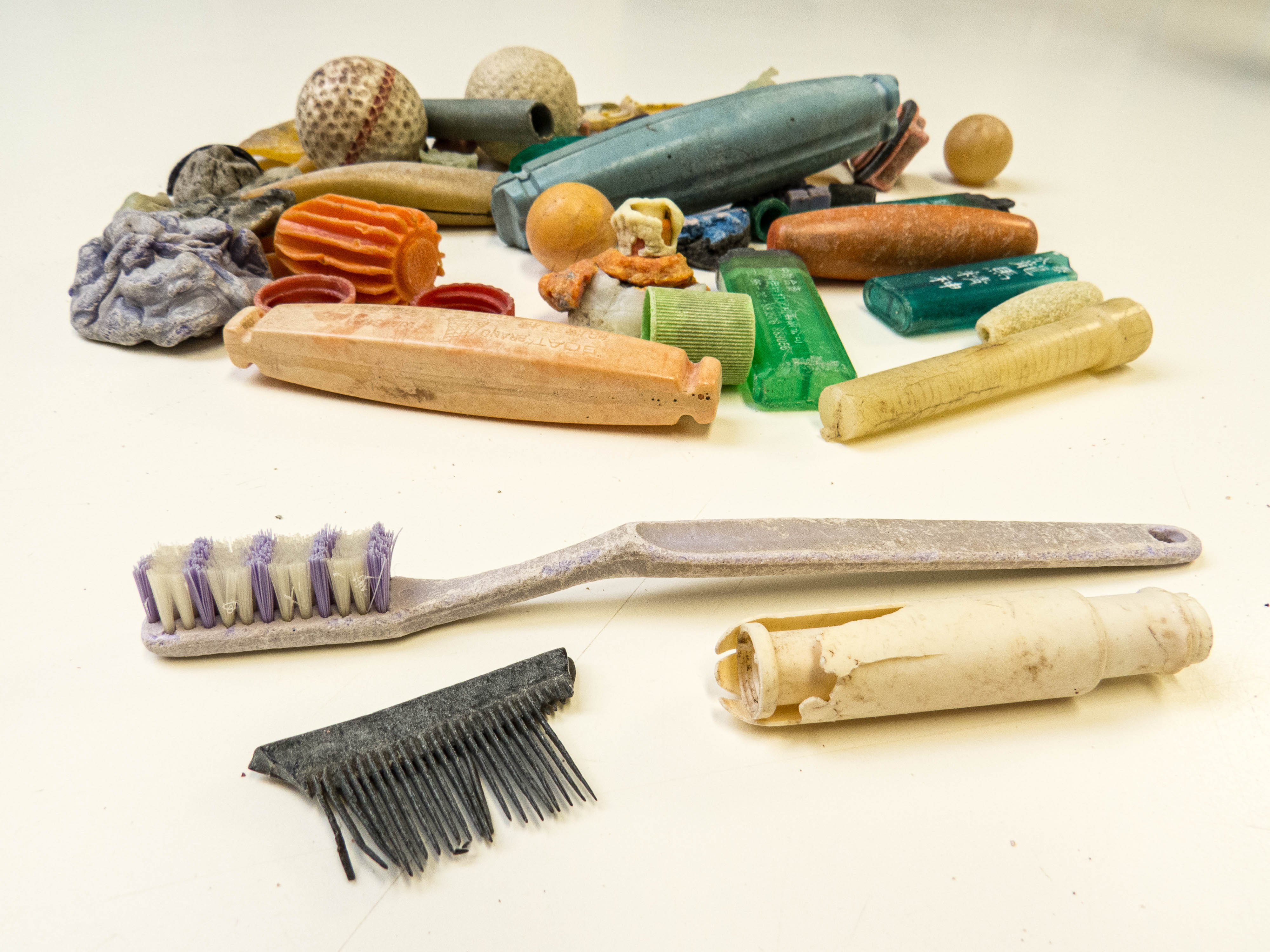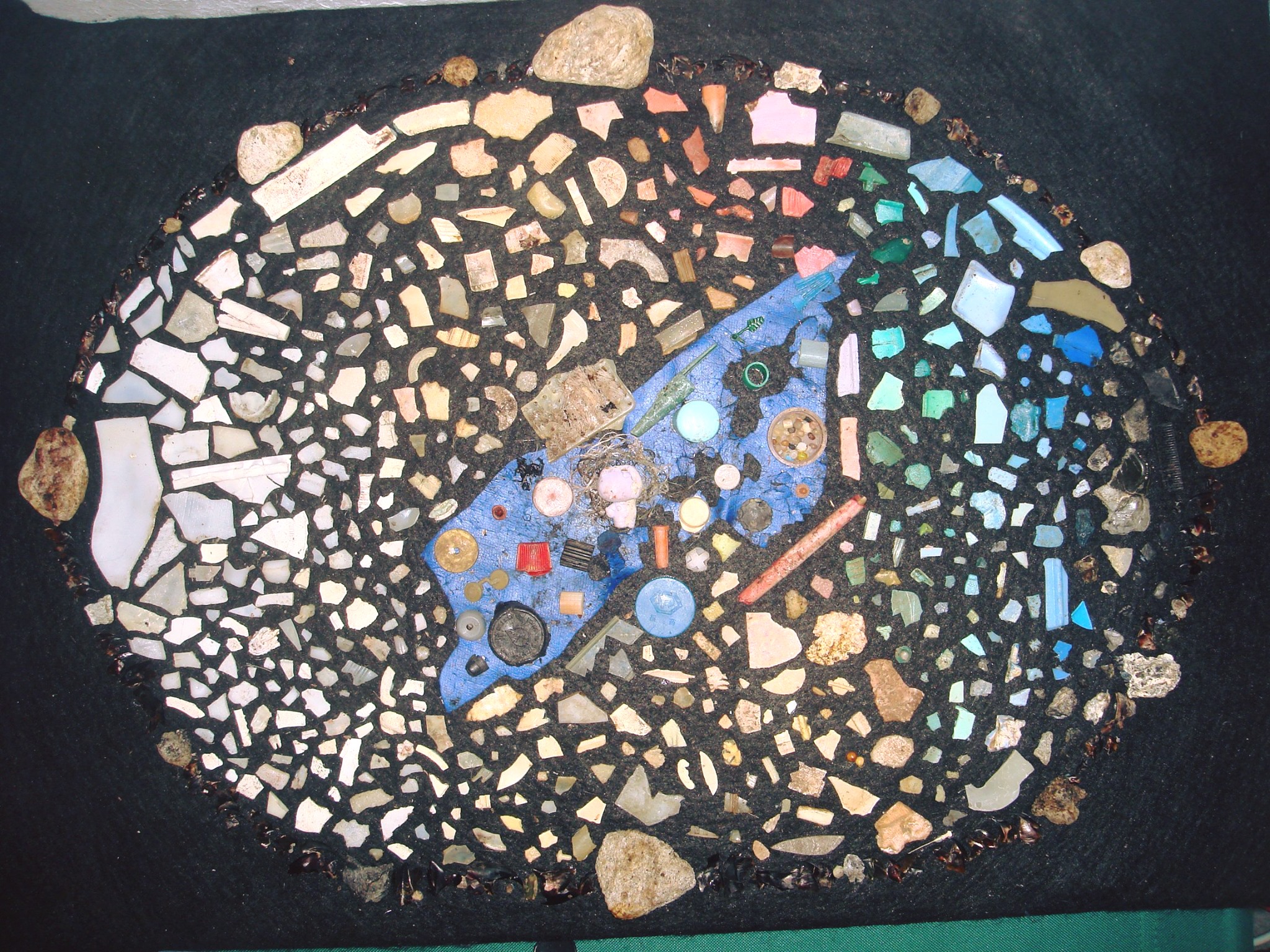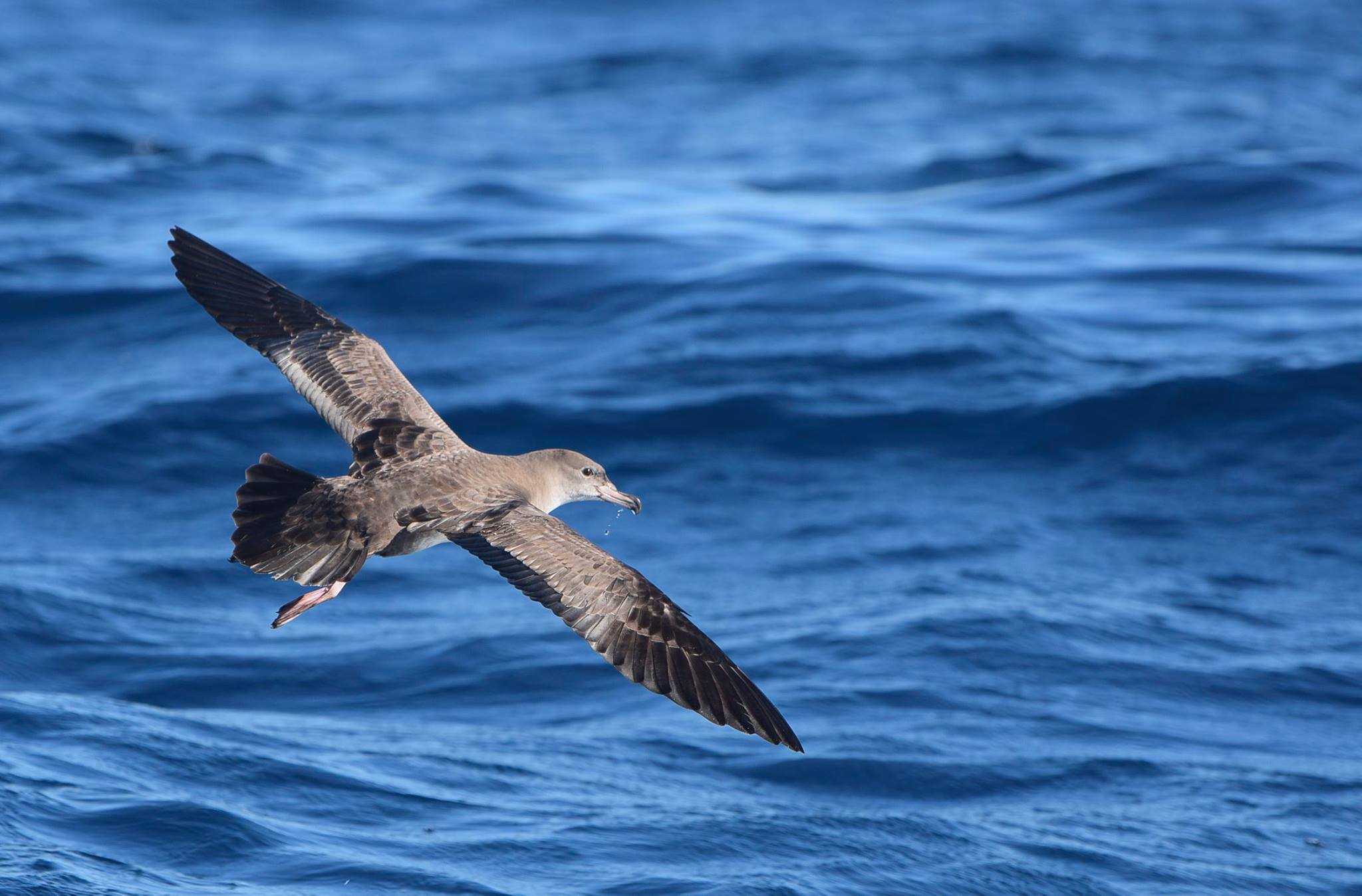Over two summers from 2006 to 2008 I lived on Gough Island in the South Atlantic where – among other tasks – I and colleagues set up a long-term study colony of biennially breeding and Critically Endangered Tristan Albatrosses Diomedea dabbenena in a mountain valley known as Gonydale The main purpose was to learn more about the birds’ breeding success and survival rate in the face of onslaughts by the island’s introduced House Mice Mus musculus that attack and cause the death of their downy chicks during the austral winters.

Mice attack a Tristan Albatross chick at night - it did not survive; photograph by Ross Wanless
In the decade since then successive teams of dedicated field biologists have continued every year to monitor the albatrosses that we first colour banded and staked, recording their less than natural breeding success and too often witnessing dead and dying chicks after nights of attacks by mice. Such sights are hard to take, even for biologists used to watching predation and mortality in the field. In 2017/18 Australian Kate Lawrence, veteran of two seasons of albatross research on Macquarie Island, was no exception, writing movingly of watching mice kill an Endangered Atlantic Yellow-nosed Albatross Thalassarche chlororhynchos chick at night on Gough, saying as she watched it die that she felt: “incredibly sad and sick to my stomach”.

KIate recovers marker poles from failed Tristan Albatross nests due to mice during a heart-breaking survey in the Gonydale study colony on Gough Island, July 2018
Mouse attacks on Gough’s adult albatrosses have been reported on in the last two years (click here), making next year’s eradication attempt by the Gough Island Restoration Programme (GIRP) even more urgent – loss of breeding adults will cause species’ declines and possible local extinction faster than if only chicks are killed. Kate returns to Gough Island this coming February on the New Zealand-registered expedition yacht Evohe as a GIRP Field Specialist. She will be helping set up aviculture facilities, catching endemic and Critically Endangered Gough Finches Rowettia goughensis and Vulnerable Gough Moorhens Gallinula comeri (both considered at risk to non-target poisoning from the eradication exercise) and then helping with the husbandry of the captive birds.
Predation by mice on albatrosses on Gough, as well as on Marion and Midway Islands, was a compelling impetus for choosing the theme “Eradicating Island Pests” for next year’s inaugural World Albatross Day (WAD2020) on 19 June.
Before returning to Gough Island Kate has written to ACAP Latest News in support of WAD2020:
“I have been showing the baby to everyone and asking what they think it is and they always say a penguin!" was one response I got when I sent a photo of a Light-mantled Albatross [Phoebetria palpebrata] chick, alone and alert on its nest on Macquarie Island, to family and friends. It reinforced to me how privileged I was to be working with such amazing creatures, species that many people do not get the chance to encounter in their lifetime. World Albatross Day is an opportunity and a reminder to share our experiences far and wide, to highlight the conservation needs of these majestic birds and to spread the albatross love!”
With the love and commitment to help that biologists like Kate feel towards the world’s threatened albatrosses ACAP Latest News expects she and her GIRP colleagues will have a successful campaign on Gough in 2020. I for one will be waiting anxiously to hear that the albatrosses I banded in Gonydale will be able to breed successfully at last.

Recording Tristan Albatross nest data on Gough, January 2018
Photographs of Kate Lawrence by Jaimie Cleeland
John Cooper, ACAP Information Officer, 01 January 2020

 English
English  Français
Français  Español
Español 